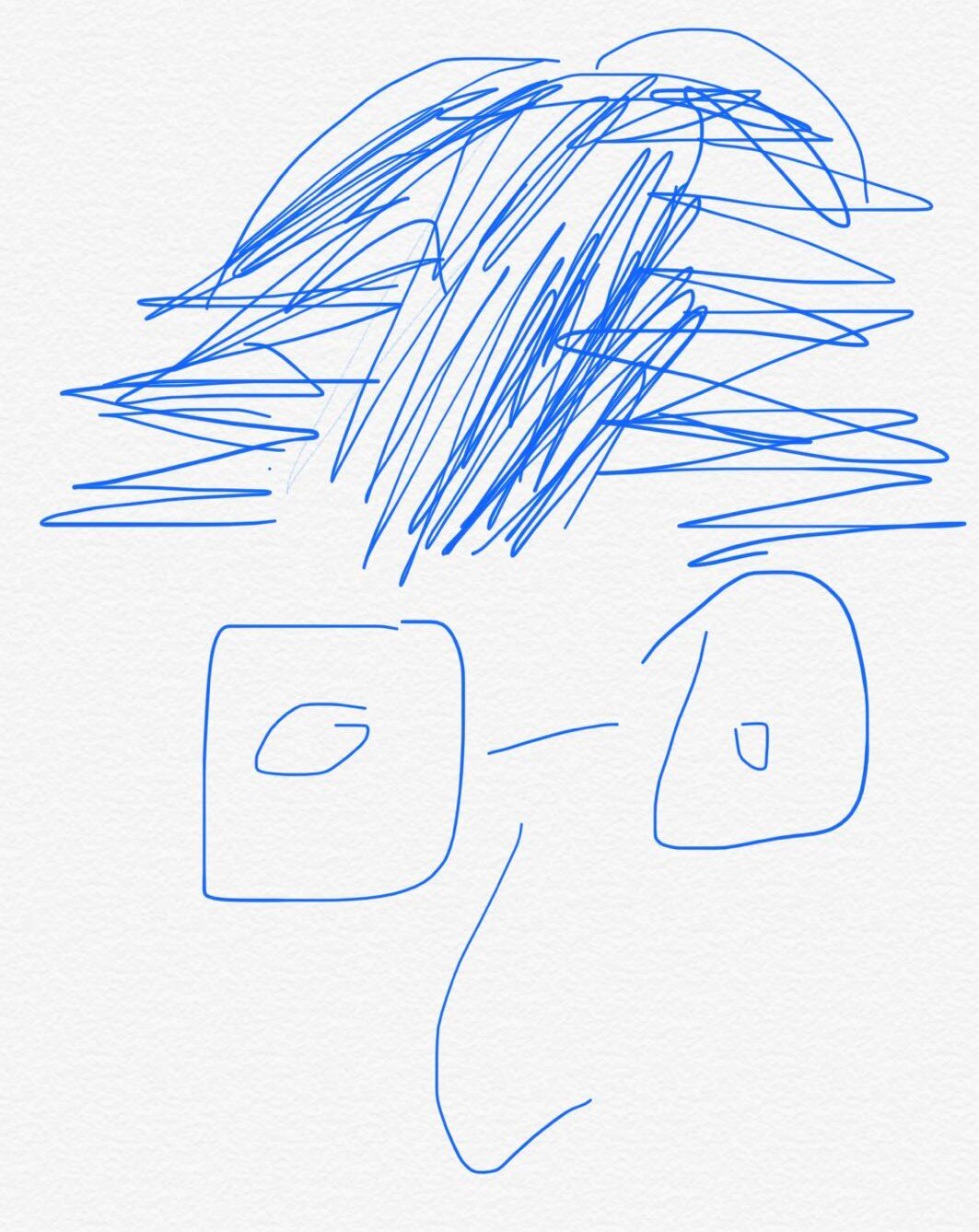Essential C++ # 01. Basic C++ Programming
Chapter 1. Basic C++ Programming
📌Composition of a C++ Class
- A header file that provides a declaration of the operation supported by the class
- A program text file that contains the implementation of those operations
📌Common Initialization Syntax VS Constructor Syntax
- common:
xxxxxxxxxxint number = 0;- constructor syntax:
xxxxxxxxxxint number(10);
📌Constructor Syntax
The reason behind this syntax refers to multiple parameter initialization.(very common in Class)
But the primitive type can also be initialized like so.
📌Initialize an array
1️⃣:
xxxxxxxxxxint seq_size = 6;int elem_seq[seq_size] = { 1, 2, 3, 4, 5, 6};2️⃣:
xxxxxxxxxxint elem_seq[] = { 1, 2, 3, 4, 5, 6};
📌Initialize a vector
1️⃣:
xxxxxxxxxxint seq_size = 3;vector<int> elem_seq(seq_size);elem_seq[0] = 1;elem_seq[1] = 2;elem_seq[2] = 3;2️⃣:
xxxxxxxxxxint seq_size = 3;int elem_val[seq_size] = {1, 2, 3};vector<int> elem_seq(elem_val, elem_val + seq_size);elem_val is actually the address passed in the vector. The + seq_size indicates how long the array should be.
📌Why pointer?
A pointer introduces a level of indirection to a program. Rather than manipulate an object directly😑, we manipulate a pointer that holds the address of an object😍.
📌How to use a pointer?
xxxxxxxxxxint ival = 1024;int* pi; // pi is a pointer to an object of type int&ival; // evaluates to the address of ival by using `&`pi = &ival; // pass the address of ival to pi
📌Different Style of Pointer
xxxxxxxxxxint* pi = &ival;int *pi = &ival;The preceding are both correct. If you prefer the first one, please take into account the following:
xxxxxxxxxxint* pi, pi2;pi is a pointer, pi2 is just an integer. If you want both of them are pointer, you should:
xxxxxxxxxxint* pi, * pi2;
📌Dereference a pointer
You can take the value of the pointer points to by using *.
xxxxxxxxxxif (*pi != 1024){ *pi = 1024;}
📌Be patient when you are learning pointer
The initial complexity of using a pointer comes from its confusing syntax.🤣
📌Caution using pointer!⚠
A pointer can possibly points to no object!
xxxxxxxxxx// initialize a pointer to address no objectint *pi = 0;Therefore, to guard against dereferencing a null pointer, we must assure if its address value is zero before using...
xxxxxxxxxx// safe checkif (pi && *pi!=1024){ *pi = 1024;}The if (pi && ...) assure the pointer pi is not empty.
📌Complex Example of Pointers
We have 6 vector sequence objects:
xxxxxxxxxxvector<int> fibonacci, lucas, pell, triangular, square, pentagonal;Suppose we have a pointer points to fibonacci:
xxxxxxxxxxvector<int> *fib_ptr = &fibonacci;Or more than that, an array of pointers whose type is vector<int>*...
vector<int>* ptrs[6] = { &fibonacci, &lucas, &pell, &triangular, &square, &pentagonal};
📌Function using ->() and .()
In C#, a function can be called like this:
xxxxxxxxxxnumber.ToString();But in C++, you may see 2 ways of invoking a function:
xxxxxxxxxxxxx.DoSomething();xxx->DoSomething();The difference is that:
When xxx is an object of a class, it uses xxx.Function();
When xxx is a pointer to an object, it uses xxx->Function();
